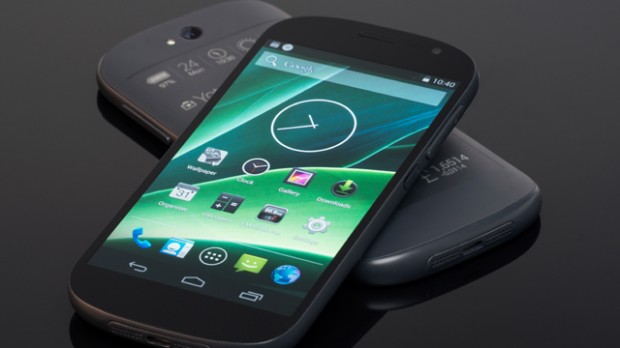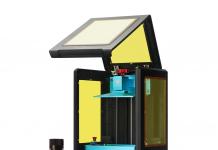For some people, one smartphone screen just isn’t enough. Yotaphone put an E-Ink display on the back of their phone and it was at Mobile World Congress.
One issue at the forefront of Smartphone design—both software and physical—is notification presentation and management. The Yotaphone 2 had its debut at CES and continues to push a niche handset in a direction that many mainstream phones might want to find a way to emulate.
Notification LEDs are older than smartphones, as are second screens. Both were initially ways to make important notifications easier to access, but neither translated well to smartphones. Obviously most smartphones have notification LEDs, but with so many apps trying to get your attention, it makes a single blinking light pretty inadequate at communicating anything other than “turn on the screen,” which—let’s be honest—is something we all do every 30 seconds anyway.
The problem is, anything more drastic than a blinking LED is a major battery drain. Samsung and Motorola have both made huge jumps forward on this front with the creative use of their AMOLED displays, which allow them to light up individual pixels without the need of a full backlight, allowing for minimal screen usage to deliver live (and specific) notifications without a need for the phone to even be touched.
Yotaphone goes the extra mile and makes the entire backside of their Android phone an E-Ink display. This allows for the presentation of full text messages and other notifications without even putting as much strain on the battery as Motorola’s Active Display notifications.
The Yotaphone itself doesn’t offer much as the handset is not very impressive outside of this individual feature, but it does serve as an amazing proof of concept phone. The use of an E-Ink display to show not just text message and social media notifications, but live stock quotes, weather, and a plethora of other bits of data that many people will check multiple times an hour will go a long way towards improving multi-tasking and saving battery life simultaneously.
Maybe Yotaphone will evolve to this place on its own, or maybe it will take another company to come along and innovate on their concept, but Yotaphone has proven that there are still more ideas to be explored in mobile tech.
Source: TechAdvisor
Be social! Follow Walyou on Facebook and Twitter
Read more on Walyou, Nokia Announces Android Phones, Sort of…, HTC Teases Boomsound Improvements for All New HTC One











